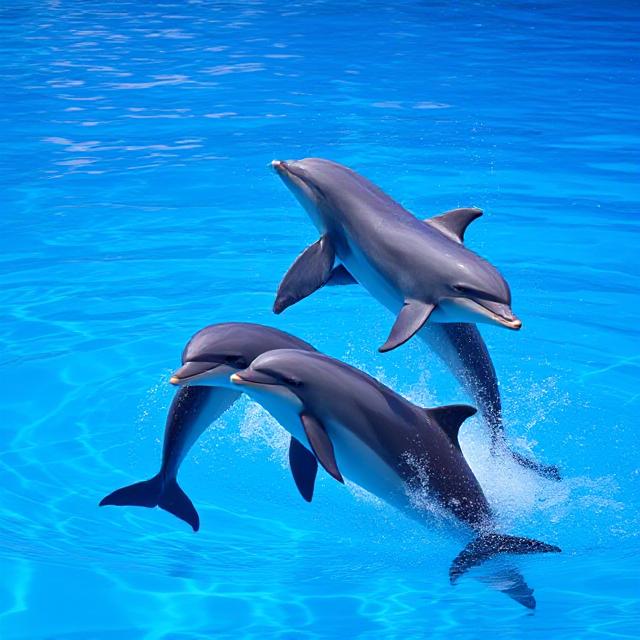Dolphins are one of the most loved and admired animals in the world. With their playful behavior, intelligence, and friendly nature, dolphins have captured the hearts of people across the globe. Found in oceans and seas, and even some rivers, dolphins are more than just marine animals — they are fascinating creatures with emotions, communication skills, and a strong sense of community.
Let’s dive deeper into the incredible world of dolphins.
1. What Are Dolphins?
Dolphins are marine mammals, not fish. They belong to a group called cetaceans, which also includes whales and porpoises. Because they are mammals, dolphins:
-
Breathe air through lungs (not gills)
-
Are warm-blooded
-
Give birth to live young
-
Nurse their babies with milk
There are over 40 different species of dolphins, and they live in both saltwater and freshwater environments.
2. Intelligent and Social Creatures
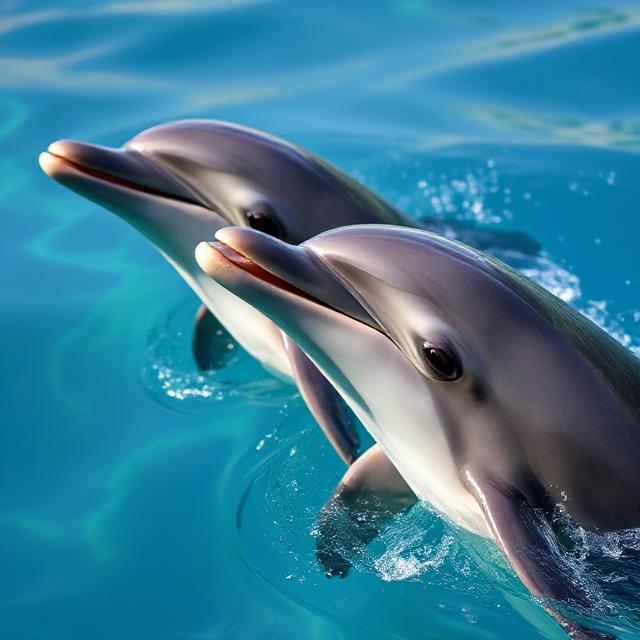
Dolphins are known for their high intelligence. They can solve problems, learn new skills, and even recognize themselves in a mirror — a rare sign of self-awareness.
They live in groups called pods, which can have 10 to 100 members. Dolphins communicate using clicks, whistles, and body language. They play games, protect one another, and even show signs of emotion like joy and grief.
3. Physical Features and Adaptations
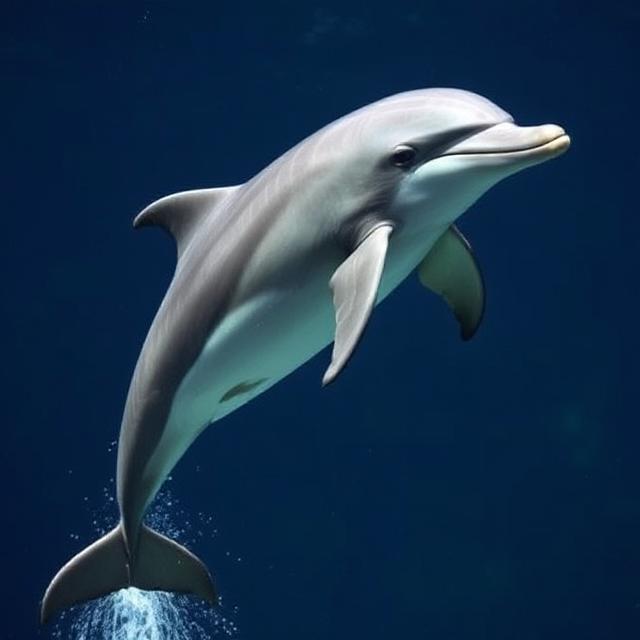
Dolphins have sleek, smooth bodies that help them swim quickly. Most species are gray in color, but shades can vary.
Key features include:
-
A long beak-like snout
-
A curved dorsal fin for balance
-
Flippers for steering
-
A blowhole on top of their head to breathe
-
Echolocation to find food and navigate — they send out sound waves and listen for echoes
These adaptations make dolphins powerful and graceful swimmers.
4. What Do Dolphins Eat?
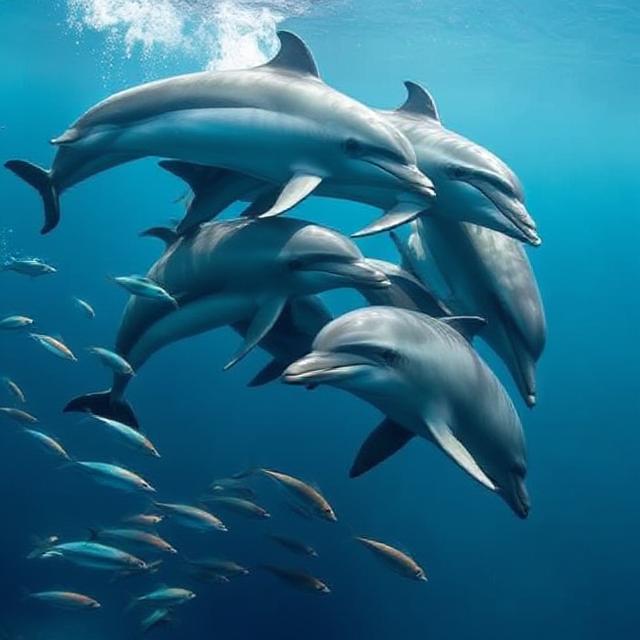
Dolphins are carnivores, which means they eat meat. Their diet includes:
-
Fish
-
Squid
-
Crustaceans (like shrimp)
Dolphins use teamwork to hunt. They sometimes herd schools of fish into tight circles to take turns feeding. Using echolocation, they can even hunt in dark or murky waters.
5. Baby Dolphins and Family Bonds
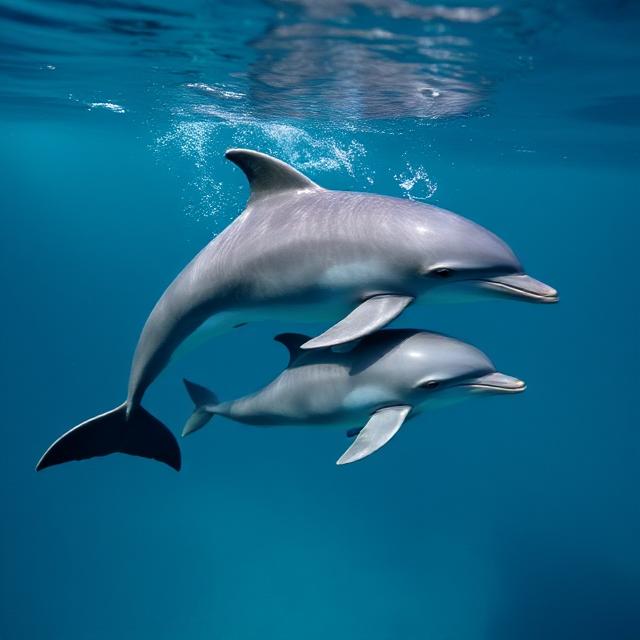
A baby dolphin is called a calf. It is born tail-first in the water and can swim within minutes. Calves stay close to their mothers, who nurse and protect them for months or even years.
Dolphin mothers are very caring, and the entire pod often helps raise and protect the young. This strong family bond is one reason dolphins are so socially advanced.
6. Dolphins and Humans
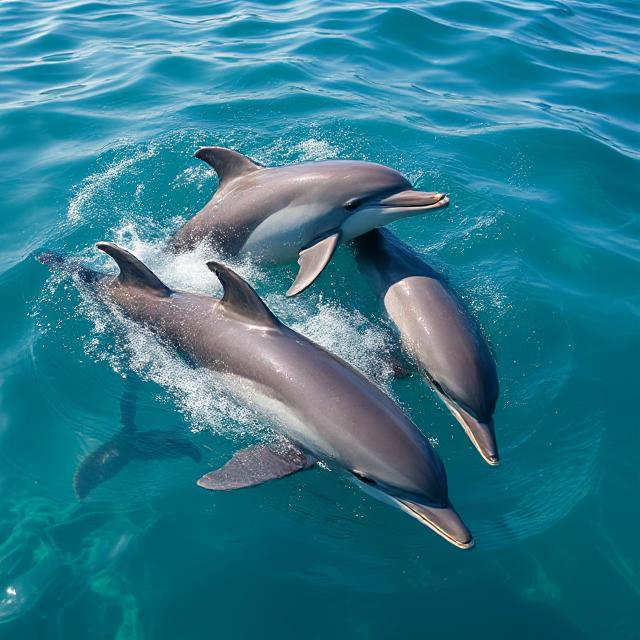
Humans have shared a deep connection with dolphins for centuries. In many cultures, dolphins are seen as symbols of protection, intelligence, and harmony.
-
They’ve been trained to help with ocean rescues
-
Therapists use dolphin interaction for emotional healing
-
Dolphins often approach boats and swimmers in a friendly way
However, dolphins also face dangers due to human activity, such as fishing nets, pollution, and habitat destruction.
7. Protecting Dolphins and Their Habitats
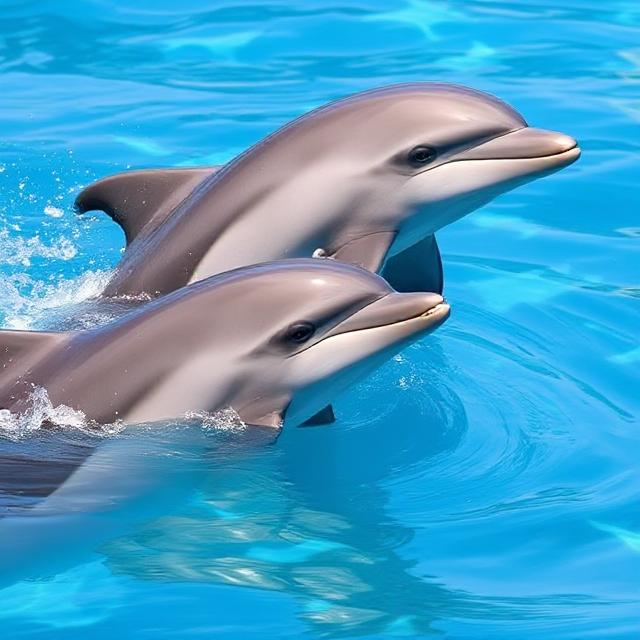
Dolphins are wonderful creatures, but many species are at risk due to threats like:
-
Water pollution
-
Climate change
-
Plastic waste in the ocean
-
Illegal hunting in some parts of the world
We can help protect dolphins by keeping oceans clean, supporting marine conservation efforts, and respecting wildlife in their natural habitats.
Conclusion
Dolphins are more than just smart and playful animals — they are gentle guardians of the sea, full of life, emotion, and intelligence. By learning about them and protecting their world, we help keep the oceans healthy and filled with joy.
The next time you see a dolphin leap out of the water or hear about their amazing abilities, remember — they are truly one of Earth’s most remarkable creatures.

